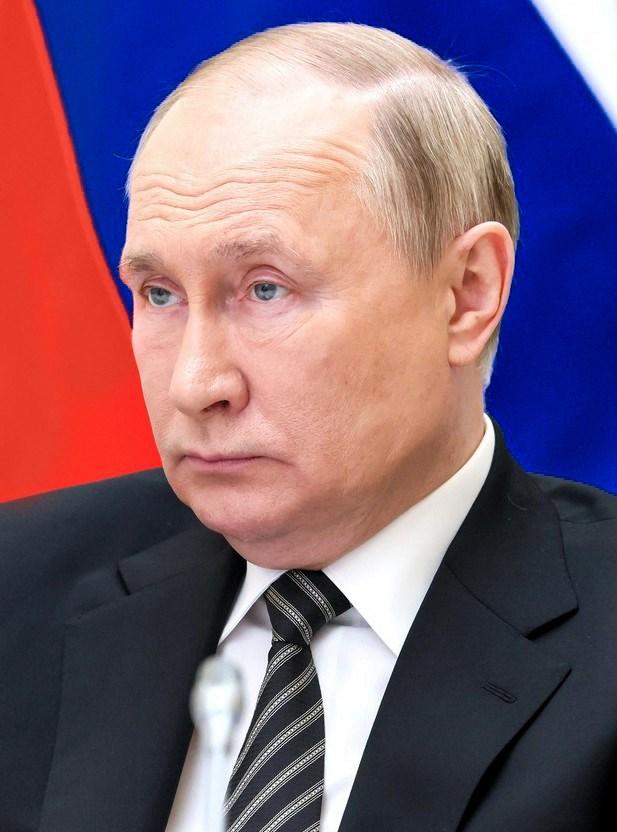
3 minute read
Winter is coming in Ukraine: Are there prospects for peace?
from Mondial Spring 2023
by WFM-Canada

Robin Colins & Sylvie Lemieux
Advertisement
“How wars end is important. The First World War ended with the Versailles Treaty that many argue led to unresolved grievances and another war. The Second World War was followed by the more benign Marshall Plan that included reconstruction and longterm support commitments. We need to acknowledge that something other than total victory may be required now for peace.
Recently, NATO’s Secretary General Jens Stoltenberg said that the alliance will continue to support Ukraine for “as long as it takes.” Prominent columnists have challenged the very idea that a ceasefire in the Ukraine crisis is possible or have even suggested that it might lengthen the war on Russian President Vladimir Putin’s terms. Some are pressing for a “fight to victory” by Kyiv, given recent gains on the battlefield. Too often the nuclear weapons threat is seen as blackmail, a bluff, or a risk worth ignoring.


Is there hope for peace?
Panelists at a Canadian Network to Abolish Nuclear Weapons discussion in late November were asked to consider opportunities for reducing the nuclear weapon threat. All acknowledged the dire situation in Ukraine following the illegal Russian invasion. But a crisis is also an opportunity to reassess. This moment could ideally lead us closer toward a common security understanding of conflict and conflict resolution. There was some hope coming out of the G20 Declaration in Bali: “The use or threat of use of nuclear weapons is inadmissible. The peaceful resolution of conflicts, efforts to address crises, as well as diplomacy and dialogue, are vital.” Before the invasion, NATO and G7 states initially supported the Minsk Accords, but subsequently were reluctant to fully implement them. Similarly, Putin’s reference to “one people” as a justification for aggression is unhelpful, and for the benefit of his domestic nationalistic audience. Can Putin be trusted to negotiate in good faith? Many have argued against NATO enlargement for decades, and most agree this was part of the deal at the end of the Cold War. Real or imagined, Russia sees this now as a form of encirclement and therefore its own retaliatory capacity being compromised. However, despite all this, there have been civilian corridors established, and temporary ceasefires to allow grain shipments (enabled by Türkiye, the International Committee of the Red Cross and the UN) for mutual benefit. The security services of the United States and Russia have also been in contact with one another.
Canadian Role
There is debate about the usefulness of Canada in resolving the Ukraine crisis because this country is not seen as neutral, is loudly backing one side, and is showing little interest in a peace negotiations track. Deputy Prime Minister Chrystia Freeland has referred to a necessary “vanquished Russia.” Nevertheless, there is still an opportunity for Canada to call for reduced salience of nuclear weapons in NATO policy, and to advocate for de-alerting and No First Use. As a middle-power country with some credibility, a call to push within the alliance for negotiations between Russia and Ukraine would be noticed. These would all be positive signals. The risk of nuclear weapon use is intolerably high, but not only due to the rhetorical statements of Putin or Dmitry Medvedev. As Project Ploughshares’ director Cesar Jaramillo notes, nuclear deterrence is a continuing unacceptable risk. Each day is a high-risk day. Bringing conflict experts together might also provide an opportunity to make some headway, even if difficult. Peace researchers have suggested that an international forum should be convened. Türkiye, which has good relations with both Ukraine and Russia, could be a helpful interlocutor. Or a neutral civil society organization like the International Pugwash Movement might offer to coordinate an exchange of views. With the destruction of infrastructure, including knocked out heating and electricity, Ukrainians are heading into a brutal winter. Already an estimated 100,000 have been killed or injured on each side, according to some estimates. This tragedy and horrific loss of life may yet be a factor that leads towards meaningful pressure to end this war.
What Might Victory for Ukraine LookLike?
For many reasons, Putin’s complete defeat is difficult to imagine. Any strategy that might lead to Russian humiliation is very dangerous. Putin is facing a kind of defeat with Sweden and Finland joining NATO, in addition to broad isolation of Russia caused by his invasion and annexations. But ending the war is also the only way to end the current heightened nuclear weapon threat. This requires negotiations, even if many are currently uninterested. How wars end is important. World War I ended with the Versailles Treaty that many argue led to unresolved grievances and another war. World War II was followed by the more benign Marshall Plan that included reconstruction and long-term support commitments. We need to acknowledge that something other than total victory may be required now for peace. Canada can pursue the downgrading of the role of nuclear weapons within NATO’s strategic concept and thereby reduce the possibility that they might be used intentionally or accidentally. Both the Canadian government and civil society can devote resources now to a Ukraine peace platform that will be essential for ending the current crisis and building a basis for future stability.










